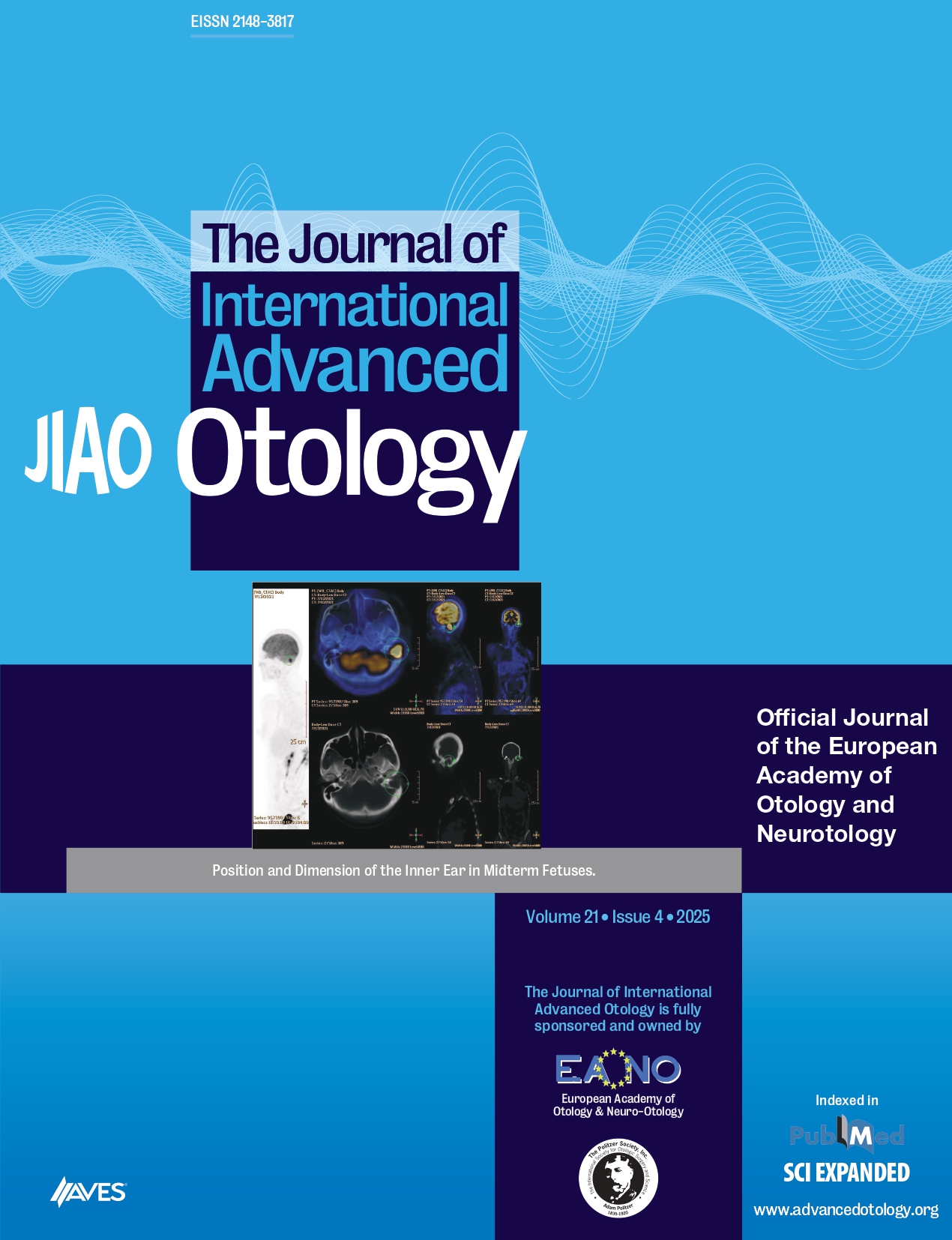Abstract
OBJECTIVE: The purpose of this study was to determine whether a group of patients with auditory neuropathy have abnormal changes in auditory N1-P2 and to analyze the results in those patients and compare them with matched group of normal subjects.
MATERIALS and METHODS: Cortical auditory evoked potentials were obtained from nine female and seven male patients with auditory neuropathy, ranging in age from 19 to 48 years. The control group comprised 15 (9 males and 6 females) age-matched, normally hearing adults. Cortical auditory evoked potentials were recorded in both groups. Audiological assessments were performed in both groups, which included pure tone audiometry, speech audiometry, tympanometry, acoustic reflex, distortion products otoacoustic emissions, as well as auditory brainstem potential testing.
RESULTS: N1-P2 amplitudes were reduced and latencies were prolonged in the study group, and these parameters were found to be statistically significant when compared to normal subjects (p<0.05).
CONCLUSION: The neurophysiologic measures of auditory processing-i.e., N1-P2 response to tonal frequency stimuli-in auditory neuropathy spectrum disorder patients are found to be different. Hence, arguing a doubt on the affection of hypothesize origin of the N1-P2 potential in ANSD patients.



.png)
.png)